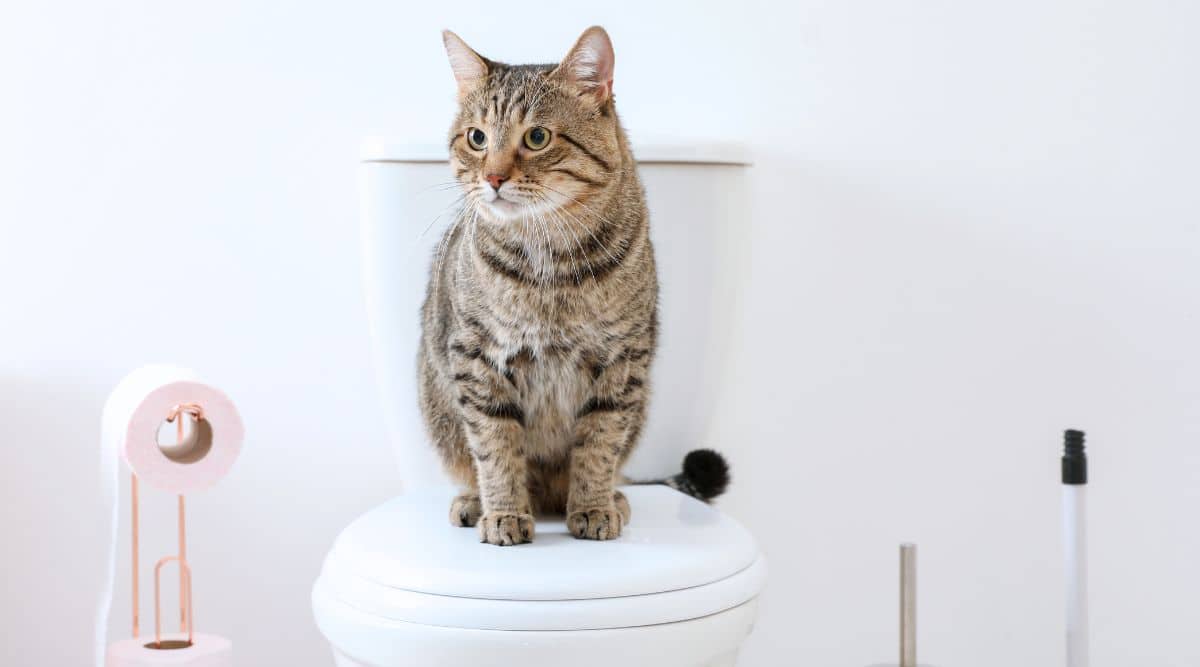Avoid Toilet Disasters: Never Flush Cat Poop Down Your Toilet - Expert Guidance
Get EstimateJust how do you really feel on the subject of Don’t flush cat feces down the toilet?

Intro
As cat owners, it's necessary to bear in mind how we take care of our feline pals' waste. While it may seem convenient to flush pet cat poop down the bathroom, this practice can have detrimental repercussions for both the setting and human health and wellness.
Ecological Impact
Purging feline poop introduces unsafe pathogens and parasites right into the water system, posturing a considerable threat to marine ecological communities. These contaminants can adversely affect aquatic life and concession water quality.
Wellness Risks
Along with environmental worries, purging cat waste can also pose wellness threats to human beings. Feline feces might contain Toxoplasma gondii, a bloodsucker that can create toxoplasmosis-- a possibly severe illness, particularly for expectant females and people with weakened immune systems.
Alternatives to Flushing
Thankfully, there are safer and a lot more liable methods to deal with cat poop. Take into consideration the following choices:
1. Scoop and Dispose in Trash
One of the most common method of taking care of feline poop is to scoop it into a biodegradable bag and toss it in the garbage. Be sure to make use of a committed clutter inside story and get rid of the waste without delay.
2. Use Biodegradable Litter
Opt for biodegradable pet cat trash made from materials such as corn or wheat. These trashes are eco-friendly and can be securely thrown away in the garbage.
3. Bury in the Yard
If you have a lawn, take into consideration hiding feline waste in an assigned location away from veggie yards and water sources. Be sure to dig deep enough to avoid contamination of groundwater.
4. Set Up a Pet Waste Disposal System
Invest in an animal waste disposal system particularly made for pet cat waste. These systems utilize enzymes to break down the waste, minimizing smell and environmental impact.
Final thought
Responsible animal possession expands beyond giving food and sanctuary-- it likewise includes correct waste monitoring. By refraining from purging feline poop down the commode and selecting alternate disposal approaches, we can minimize our ecological footprint and secure human health and wellness.
Why Can’t I Flush Cat Poop?
It Spreads a Parasite
Cats are frequently infected with a parasite called toxoplasma gondii. The parasite causes an infection called toxoplasmosis. It is usually harmless to cats. The parasite only uses cat poop as a host for its eggs. Otherwise, the cat’s immune system usually keeps the infection at low enough levels to maintain its own health. But it does not stop the develop of eggs. These eggs are tiny and surprisingly tough. They may survive for a year before they begin to grow. But that’s the problem.
Our wastewater system is not designed to deal with toxoplasmosis eggs. Instead, most eggs will flush from your toilet into sewers and wastewater management plants. After the sewage is treated for many other harmful things in it, it is typically released into local rivers, lakes, or oceans. Here, the toxoplasmosis eggs can find new hosts, including starfish, crabs, otters, and many other wildlife. For many, this is a significant risk to their health. Toxoplasmosis can also end up infecting water sources that are important for agriculture, which means our deer, pigs, and sheep can get infected too.
Is There Risk to Humans?
There can be a risk to human life from flushing cat poop down the toilet. If you do so, the parasites from your cat’s poop can end up in shellfish, game animals, or livestock. If this meat is then served raw or undercooked, the people who eat it can get sick.
In fact, according to the CDC, 40 million people in the United States are infected with toxoplasma gondii. They get it from exposure to infected seafood, or from some kind of cat poop contamination, like drinking from a stream that is contaminated or touching anything that has come into contact with cat poop. That includes just cleaning a cat litter box.
Most people who get infected with these parasites will not develop any symptoms. However, for pregnant women or for those with compromised immune systems, the parasite can cause severe health problems.
How to Handle Cat Poop
The best way to handle cat poop is actually to clean the box more often. The eggs that the parasite sheds will not become active until one to five days after the cat poops. That means that if you clean daily, you’re much less likely to come into direct contact with infectious eggs.
That said, always dispose of cat poop in the garbage and not down the toilet. Wash your hands before and after you clean the litter box, and bring the bag of poop right outside to your garbage bins.
https://trenchlesssolutionsusa.com/why-cant-i-flush-cat-poop/

Hopefully you liked our part about Don’t flush cat feces down the toilet. Thank you for taking the time to read our piece. Do you know about somebody who is inquisitive about the subject? Why not promote it. I thank you for reading our article about Can You Flush Cat Poop Down The Toilet?.
Visit Our Website